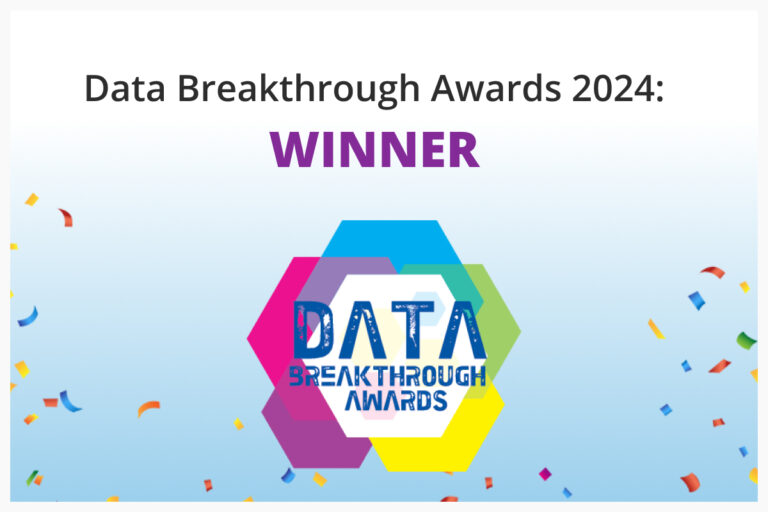This article was adapted from its original version on CIO.com.
 CIO Kevin Rhode is on a mission to sharpen and modernize the unstructured data management practice at his employer, Arizona-based District Medical Group (DMG). When he took the role of CIO of in May 2020, he faced his share of challenges. Not only was it the outset of the COVID-19 pandemic, but the nonprofit integrated medical group practice had just purchased five primary care clinics that had to be integrated into the existing organization.
CIO Kevin Rhode is on a mission to sharpen and modernize the unstructured data management practice at his employer, Arizona-based District Medical Group (DMG). When he took the role of CIO of in May 2020, he faced his share of challenges. Not only was it the outset of the COVID-19 pandemic, but the nonprofit integrated medical group practice had just purchased five primary care clinics that had to be integrated into the existing organization.
Rhode’s first step was to assess the organization’s disaster recovery, business continuity, backup, and data management capabilities so he could accelerate a cloud tiering strategy.
Even without the addition of the new clinics, DMG data volumes were piling up fast and backups were slow and inefficient, taking 36 hours to complete on average.
“My predecessor was really applications-focused and our applications team is top-notch,” Rhode says. “However, the infrastructure side was a little bit on the weak side, so I’ve spent the last two years rebuilding the infrastructure, really revamping the network and looking at how we’re configured, how our network works, and how we’re connecting our individual clinics and different sites together.”
Introducing cold data storage
To solve its data management and backup issues, Rhode says DMG needed to be able to quickly identify infrequently accessed “cold data” and push it to offsite storage, but then be able to easily pull it back into its IT environment if someone needed access. To facilitate this, Rhode turned to Komprise Intelligent Data Management, which enabled DMG to identify and tier all its data, moving any data that had not been accessed in the past two years or longer to the Wasabi Cloud data storage service, thereby freeing up half the space on DMG’s Windows file servers.
The storage team also segmented data archived in Wasabi into buckets for each year. Anything exceeding DMG’s retention policy of 10 years gets deleted. “We try to keep the first three years of active data in the production system so that’s available to the docs,” Rhode says. “We do serve a children’s population, so a lot of times we’re looking way back in history for information. So, we have the archive linked into our platform so they can go as far back as they need to.”
Previously, all data and reports stored within DMG’s internal data systems, including data dating back to the early 1990s, were sitting in drives that DMG was backing up every night, Rhode says.
Rhodes estimates that the healthcare provider will save around $100,000 over three years by moving cold data off Windows servers to less expensive Wasabi cloud storage. The move has already reduced backup data by 5.5TB and speeded up the backup processes by 75%.
Modernizing healthcare analytics
With DMG’s data management and backup process retuned, Rhode could then focus on his overarching goal to modernize the healthcare provider’s analytics capabilities. The company’s 2020 acquisitions, while helping DMG grow, also meant the organization suddenly had a slew of new electronic medical records (EMRs) that were recording data in different ways. Much of his first two years has been spent integrating those clinics and standardizing on the Cerner EMR platform.
With the EMRs finally integrated, Rhode’s team is now working with clinicians to perform a strength assessment of the Cerner platform and understand where the weak spots are. Reflecting on the experience, Rhode says his biggest takeaway is that while planning carefully for data migrations is absolutely necessary, that plan is just a guideline when it comes time to execute.
“You have to be flexible enough to change that plan,” he says. “The complexity of our data, the complexity of all the interactions that have to happen on a daily basis, when you think about the number of people involved in just a single appointment, the complexity of the systems that we’re operating, it’s just amazing. In that complexity, what can you control?”
Rhode advises identifying what you can control and setting aside the rest is key in overcoming migration challenges — and delivering business value. “At the end of the day, your job is to enhance the ability of providers to help patients,” he says. “Focus on what you can control and really work closely with the stakeholders within your environment.”
——————




